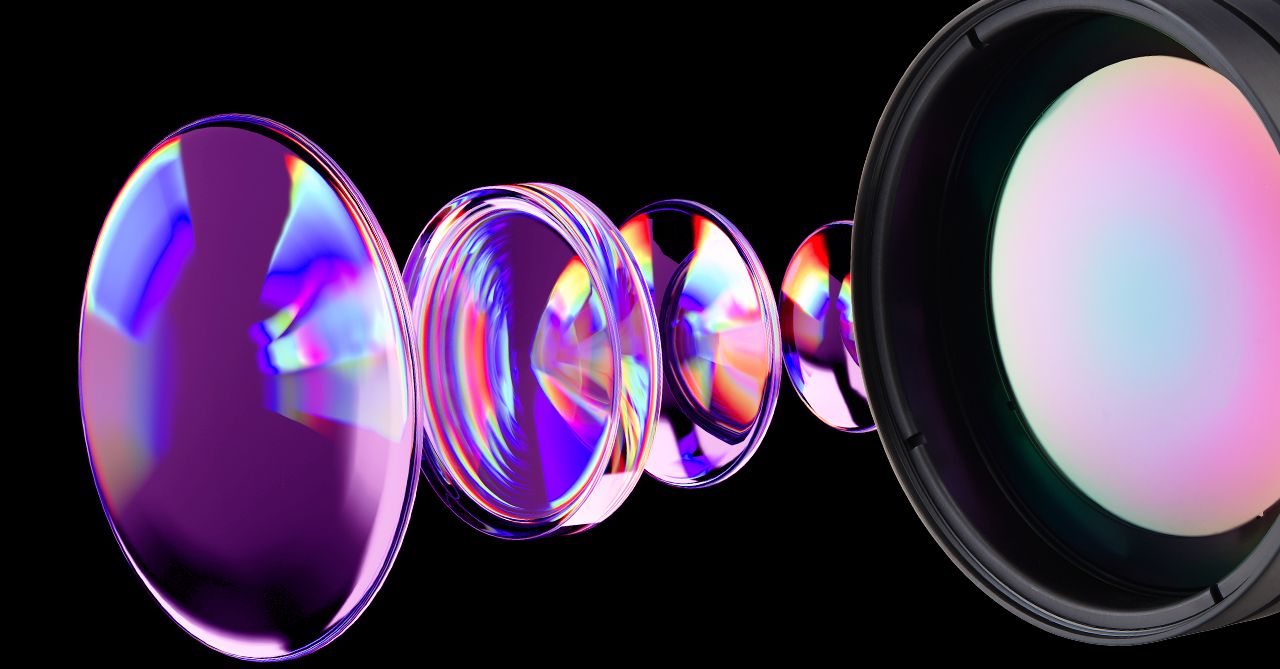Clarity and Precision: The Science Behind Custom Optical Lenses

Optical lenses are fundamental components of countless devices, from cameras and microscopes to telescopes and medical imaging systems The clarity and precision of these lenses are critical for the quality of images and the overall performance of these devices. Custom optical lenses, in particular, exemplify the intricate engineering and design principles that underpin their construction, offering superior image quality
and tailored functionality across various applications.
Understanding Optical Lenses
Custom Optical Lenses are transparent pieces of glass or other materials with curved surfaces that bend and focus light. They are essential for refracting and directing light rays, ultimately forming images. The core components of a lens include:
- Curved Surfaces: Lenses have one or more curved surfaces, known as optical elements. These surfaces can be convex (outwardly curved) or concave (inwardly curved), and they manipulate the path of incoming light.
- Focal Point: Lenses have a focal point or focal length, where incoming parallel light rays converge or appear to converge after passing through the lens. This is a crucial parameter for determining the lens’s optical properties.
- Aperture: The aperture is the opening in the lens through which light passes. It controls the amount of light entering the lens and affects the depth of field in imaging systems.
Custom Optical Lenses: The Science Behind Enhanced Performance
Custom optical lenses are engineere to meet specific requirements and offer advantages in terms of image quality and functionality. Here’s how they achieve these feats:
- Precision Manufacturing: Custom lenses are meticulously crafted with exceptional precision. Manufacturers employ advanced techniques like computer numerical control (CNC) machining and diamond turning to ensure the exact curvature of the lens elements, resulting in minimal optical aberrations.
- Material Selection: The choice of materials is critical Custom lenses are often made from high-quality optical glass or specialize materials, such as fluoride crystals, to minimize light dispersion and maintain optical clarity.
- Coatings: Anti-reflective coatings are applie to reduce reflections and increase light transmission. Custom lenses can have tailored coatings to optimize performance in specific wavelengths or environments.
- Aspheric Surfaces: Some custom lenses feature aspheric surfaces, which are not perfectly spherical but are designed to correct aberrations like spherical aberration and coma These surfaces enhance image quality and reduce optical distortions.
- Multielement Design: Complex optical systems often use multiple lens elements to correct for various aberrations and achieve desired optical characteristics. Custom lenses can be part of such systems, contributing to superior image quality.
Applications of Custom Optical Lenses
Custom optical lenses find applications in various fields, including:
- Photography and Videography: High-end camera lenses benefit from custom designs to deliver sharpness, reduced distortion, and enhanced low-light performance.
- Astronomy and Telescopes: Custom lenses are vital for telescopes, providing clear and detailed images of celestial objects while compensating for atmospheric distortions.
- Microscopy: In microscopy, custom lenses improve resolution and contrast, allowing scientists to observe microscopic structures with exceptional clarity.
- Medical Imaging: Custom lenses enhance the quality of medical imaging devices like endoscopes and surgical microscopes, aiding in precise diagnoses and procedures.
- Laser Systems: Custom lenses are use in laser systems for beam shaping, collimation, and focusing, ensuring efficient and accurate laser applications.
Conclusion
The science behind custom optical lenses is a testament to human ingenuity and precision engineering These lenses are not just transparent pieces of glass; they are the result of meticulous design, material selection, and manufacturing processes Whether in photography, astronomy, microscopy, or medical imaging, custom optical lenses play a crucial role in enhancing image quality and overall performance, pushing the boundaries of what we can see and understand in the world around us Their clarity and
precision are essential for unlocking the full potential of optical systems in various applications.






